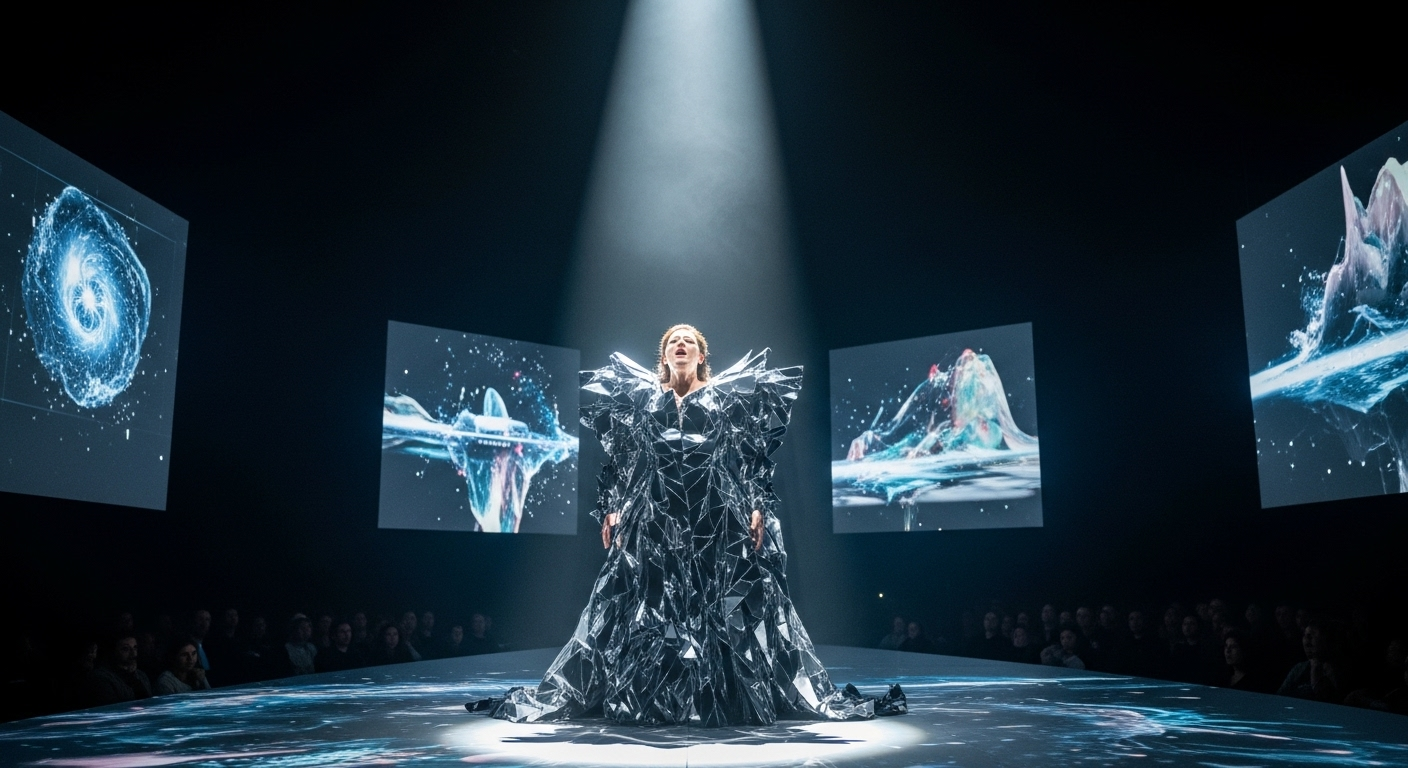Immersive Theater Techniques That Redefine Audience Roles
Immersive theater reframes audience roles by combining live performance, installation, and interactive technologies to invite active participation. Techniques such as projection mapping, augmented visual layers, responsive soundscapes, and choreographed routes shift agency from passive observation to embodied decision-making, while curation and accessibility planning shape equitable engagement across exhibitions and festivals.

Immersive theater reframes audience roles by combining live performance, installation, and interactive technologies to invite active participation. Techniques such as projection mapping, augmented visual layers, responsive soundscapes, and choreographed routes shift agency from passive observation to embodied decision-making, while curation and accessibility planning shape equitable engagement across exhibitions and festivals.
How does performance redistribute audience roles?
Performance strategies in immersive theater deliberately blur the line between spectator and participant. Rather than sitting apart from the action, audiences may be assigned tasks, given narrative prompts, or encouraged to move through staged environments. This redistribution of agency can mean that outcomes vary with participant choices, or that ephemeral, improvised interactions inform the arc of a piece. Clear design and facilitation help ensure that involvement feels meaningful rather than random, and that safety and consent are prioritized in moments that require physical or emotional engagement.
What techniques deepen immersion?
Deep immersion relies on layering sensory inputs and narrative cues so that attention is sustained and contexts feel coherent. Lighting, scent, tactile elements, and carefully timed sound create a visceral atmosphere; pacing and sightline control maintain narrative focus. Interactive triggers—pressure-sensitive floors, RFID-enabled props, or mobile prompts—reward exploration. Effective immersion balances novelty with legibility, allowing participants to interpret choice points while maintaining a sense of continuity across scenes or gallery zones.
How are augmented and projection tools applied?
Augmented elements and projection mapping extend physical sets and introduce virtual layers without permanent construction. Projection can animate surfaces, alter scale, or reveal archival material within a space. Augmented reality experiences accessed via devices can personalize visual overlays or present hidden narrative strands tied to specific locations. When integrated with live performers, these technologies support parallel storylines and can be used to present archival footage, contextual information, or alternative perspectives without breaking the live encounter.
How do installation and choreography shape movement?
Installation-based staging treats the venue as an active participant: set pieces, thresholds, and objects define possible movements. Choreography then coordinates both performers and audience flows, creating deliberate patterns of encounter and pause. Designers map routes to manage capacity, preserve sightlines, and create moments for intimate exchange. Movement becomes a storytelling device—who crosses a threshold, who lingers, and how bodies intersect all convey narrative information and invite participants to become embodied co-authors of the experience.
How does sound and interactive design guide participation?
Sound design is central to spatial orientation in immersive work. Directional audio, layered soundscapes, and triggered cues signal transitions, conceal or reveal actions, and guide exploration. Interactive design ties sensory feedback to participant actions: a touch might change music, a choice might alter ambient textures, or proximity sensors might activate spoken fragments. This responsiveness gives participants a sense of impact, reinforcing the idea that their presence shapes the unfolding environment rather than merely observing it.
How do exhibition settings, festivals, and curation affect access?
Presentation context matters: galleries, festivals, and virtual platforms impose different constraints and affordances. Curators and organizers coordinate schedules, audience flow, and archival integration to preserve narrative clarity across sessions. Collaboration between artists, archivists, and technologists can surface historical material that enriches the work, while virtual components extend reach beyond the physical site. Accessibility planning—captioning, descriptive audio, seating options, tactile alternatives, and clear wayfinding—ensures participation is inclusive and that curation decisions minimize barriers for diverse audiences.
Immersive theater techniques that redefine audience roles emphasize exchange and shared authorship over passive spectatorship. By integrating projection and augmented layers, sculpting installations and choreography, and prioritizing responsive sound and interactivity, creators produce experiences that ask participants to move, decide, and remember. Thoughtful curation, collaboration, and accessibility measures support equitable engagement across exhibitions, festivals, and virtual platforms, helping these forms to remain adaptable and sustainable as ways of encountering performance and archive work.






